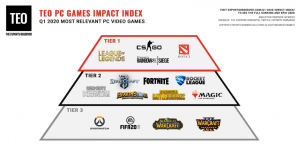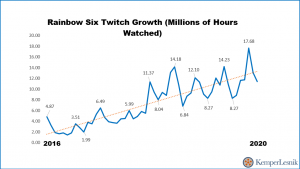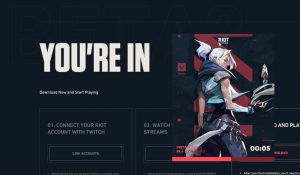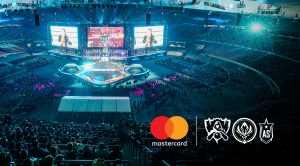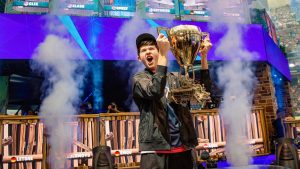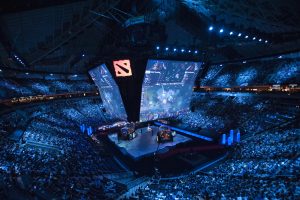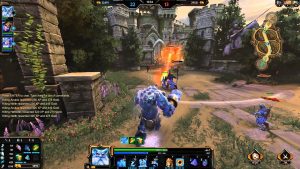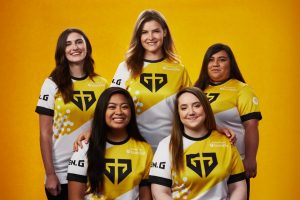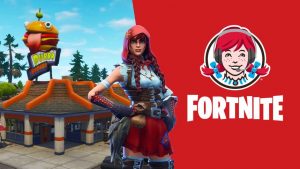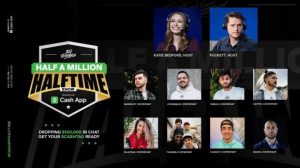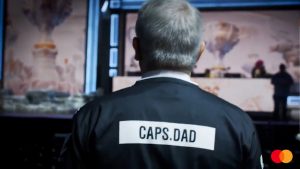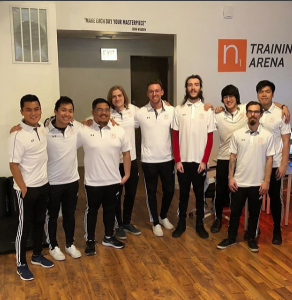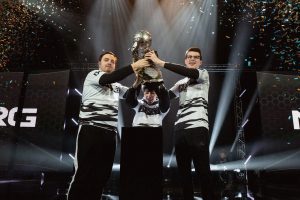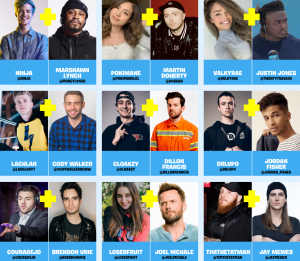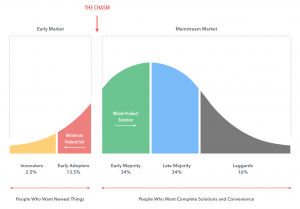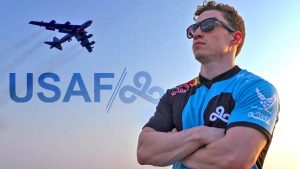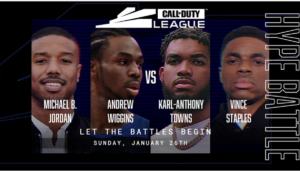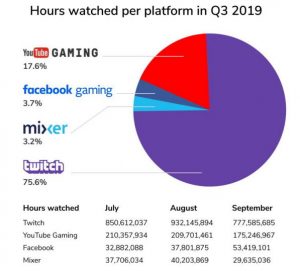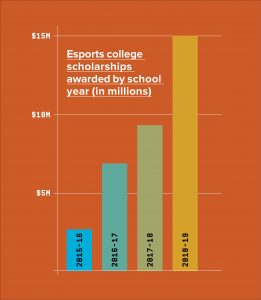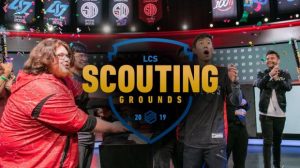In this series by KemperLesnik, we will be exploring and defining popular esports terms and games. This article covers Discord, a popular communication service for gamers. For an overview of the esports ecosystem, start here.
Released in 2015, Discord is a free Voice over Internet Protocol (VoIP) app. It’s been likened to a “Slack for gamers.” Gamers use Discord to chat with their friends through text and voice and video calls while they’re playing games or hanging out. Users create servers for their friend group, school club and increasingly, non-gaming related projects.
Discord’s motto used to be “Chat for Gamers,” though this changed in March 2020 to “Chat for Communities and Friends.” This was in response to the massive increase in users due to the pandemic. Discord created a series of guidelines for teachers using the platform to teach their students, and created a series of templates for this new user group.
What is Discord?
Discord is a communication platform originally designed for gaming. Previously, getting into a voice call with other gamers was difficult. Some platforms, such as Ventrilo, required the use of an IP address, which was complicated for some. Skype, another popular platform for voice calls, could take up massive usage while gaming, and was vulnerable to hacks. Noting these challenges, Discord founder Jason Citron decided to create a solution.
Growing quickly, Discord raised $150 million in 2018 at a $2.05 billion evaluation. The company has remained private, and in May 2019 announced that it had surpassed 250 million registered users. Fifty six million people were using the platform every month, sending an average of 25 billion messages.
Designed to take up less bandwidth when people game, Discord allows users to create and join servers. A server can be for a group of friends, a university’s esports club and more. Increasingly, Discord has been used as a free alternative to Slack by professionals. Esports teams like 100 Thieves have their own Discord servers as an area for fans to congregate and to share announcements. Clubs use it to stay organized and announce meetings. Far from a simple chat app, Discord has grown to be its own social media platform.
Marketing Using Discord
Esports teams create Discord servers to function as a private community for the most devout fans. Joining a server is completely free. Think of a brand’s Discord server as another social media page, akin to Twitter or Instagram. It serves as a place for fans to congregate and discuss matches, content and more. Discord is the town square for a brand. The 100 Thieves Discord, for example, has over 20,000 members.
Once inside, fans get the lay of the land through the welcome page. On the left hand side, members of the server can see the variety of text channels. These channels serve as individual forums for specific topics. As can be seen below, the 100 Thieves Discord features channels such as music, tech and movies. The Discord server creates a space for fans to discuss unrelated topics with a guaranteed common interest – 100 Thieves.
More important than another medium to announce new content or promotions, a Discord server creates a sense of community. Fans cheer together during professional matches and talk about the latest music, all in the same location. From the comfort of their computers or phones, fans socialize.
Should I Make a Discord Server?
Ultimately, it comes down to goals. For friends looking to keep in touch, or for a teacher trying to keep engaged with their students, absolutely. However, for a brand trying to create a community of top fans, the answer is far more complicated.
Some brands are far more likely to foster communities than others. High fashion, sports teams or fans of a game are all likely contenders. Consumer brands, like food or laundry detergent, don’t garner the same sorts of fandom. This doesn’t mean that a brand is unable to benefit from Discord, however. A brand can still benefit from Discord by paying for a promotion within an esports team’s server. As an example, JBL, a headphones company, recently partnered with 100 Thieves to do a product giveaway, promoted in 100 Thieves’ Discord server.
Conclusion
Be it for gaming, teaching or building a community, Discord has quickly become the digital town square. It’s a hub for esports fans to congregate and helps school clubs to stay organized. Offering both voice and video chat, as well as the ability to text, it’s quickly become the way for over 250 million people to stay in touch. Used correctly, it can be a marketing platform in its own right, creating a community of a brand’s most dedicated fans.
Do you have your own Discord server? Want to keep up to date on esports? Sign up for our esports newsletter or reach out!

